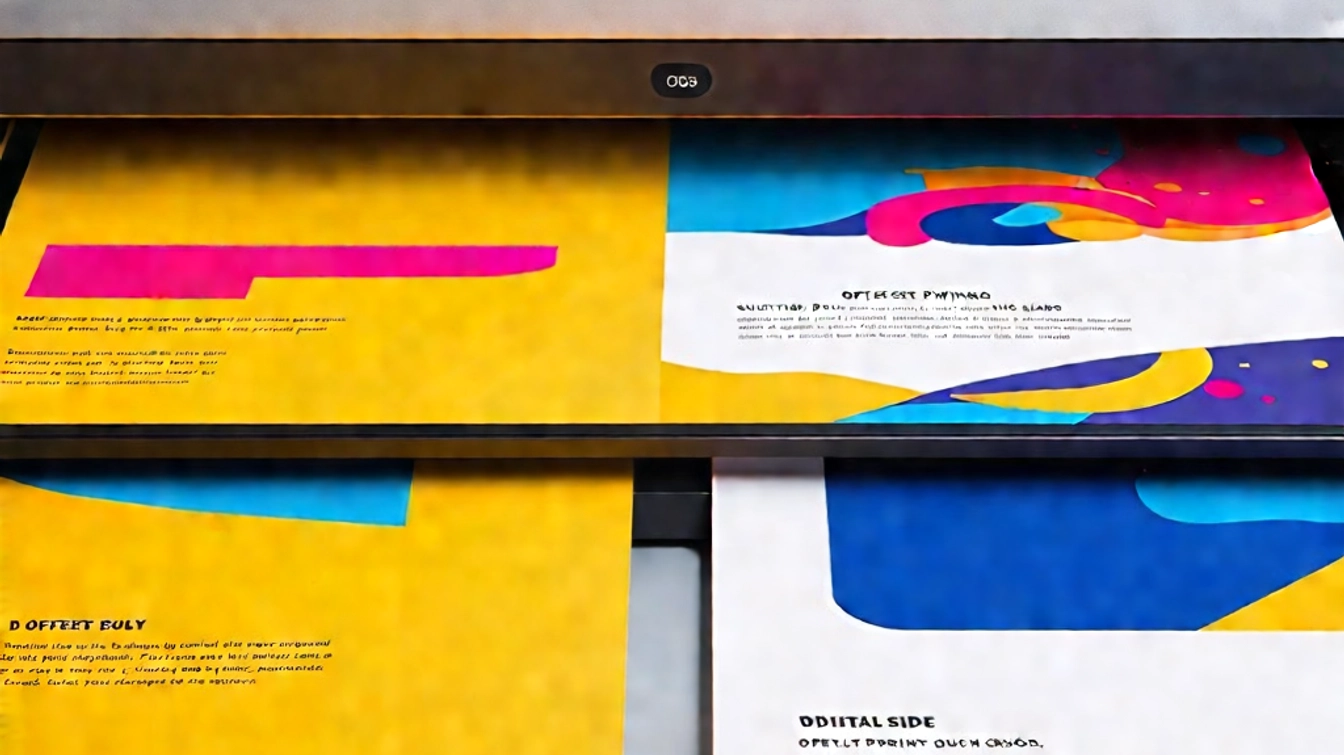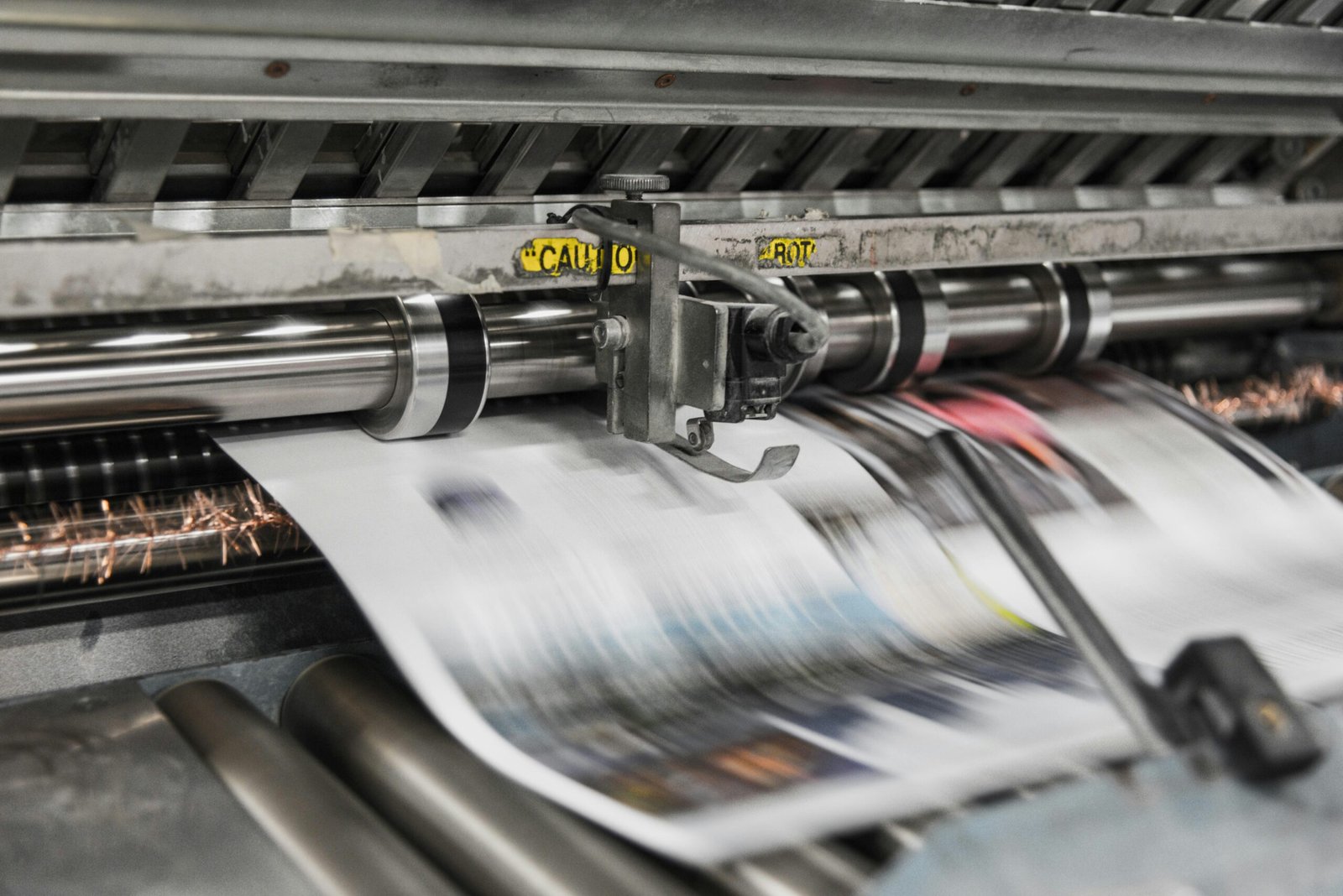
Understanding Offset Printing
Offset printing has long been a preferred option for high-quality print jobs, particularly for large volumes. This traditional technique uses plates to transfer ink onto a substrate, usually paper. It provides excellent color reproduction and is cost-effective for bulk prints, making it ideal for brochures, magazines, and catalogs.
Exploring Digital Printing
Conversely, digital printing has emerged as a modern alternative that offers flexibility and speed. Using digital files, this method eliminates the need for printing plates, allowing for on-demand printing. Digital printing is particularly advantageous for small runs, variable data printing, and rapid turnaround times. It is commonly used for items such as business cards and promotional materials.
Which is Best for Your Needs?
Choosing between offset and digital printing depends largely on your project requirements. If you need superior quality for a large quantity, offset printing is likely your best bet. However, for smaller volumes or when time is of the essence, digital printing might be the more efficient choice. Consider factors such as budget, turnaround time, and project scope when making your decision. Ultimately, understanding the key differences will empower you to choose the printing method that best suits your needs.




